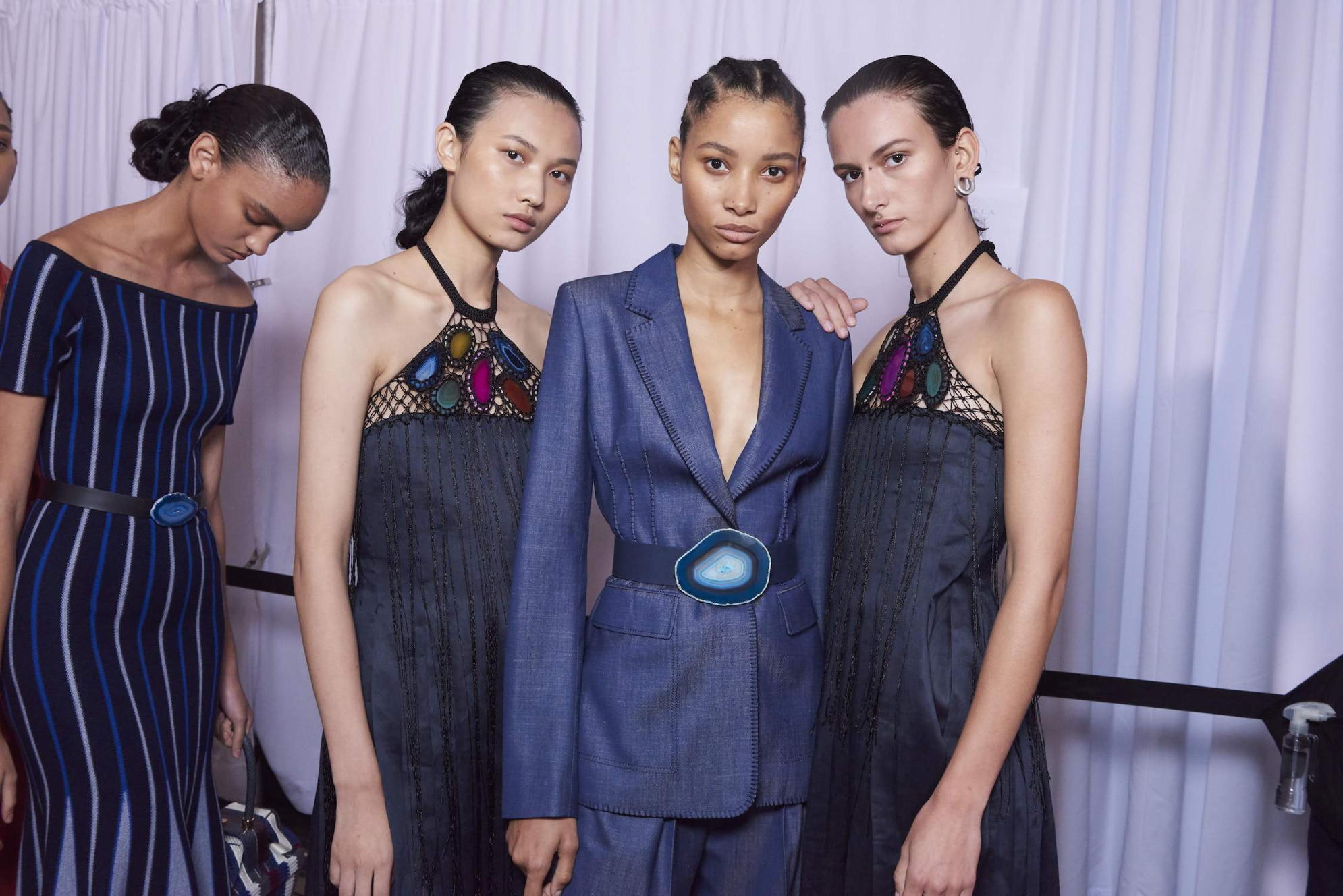
Carbon Neutral Fashion Shows | Who is Leading the Industry?
A fashion show is one of the most distinguishable features of the fashion industry. With its glitzy runways and production sets that border on spectacle, a fashion show can drive a lot of attention to a brand and generate millions of dollars in revenue. But does anyone really know the environmental impact of a fashion show?
This is one of the many problems that continue to plague the fashion industry’s approach to sustainability. The carbon footprint of a fashion show can’t be measured because only until recently are major luxury brands, like Gabriela Hearst, Burberry and Gucci, shining light on the issue. With sustainability becoming a key focus on the fashion industry’s agenda in 2022, brands are starting to take a keen interest in the sustainable habits of their most popular event.
WHY IS IT IMPORTANT?
The last few years have not only been a pivotal moment for the fashion industry but also the world. Between the lack of concrete action voiced by critics of the COP26 to the IPCC report that humanity will cross the 1.5 degrees celsius threshold in ten years, sustainability has never been as important a topic of conversation. Protestors of the global environmental movement, Extinction Rebellion, called for the permanent shutdown of London Fashion Week, citing it as a wasteful consumption of resources. The Swedish Fashion Council even canceled Stockholm Fashion Week indefinitely. But of course, the runway show isn’t going anywhere. In fact, some argue that fashion shows can have a significant and positive impact on the environment as brands can use them to position themselves as pioneers of sustainability in the industry.
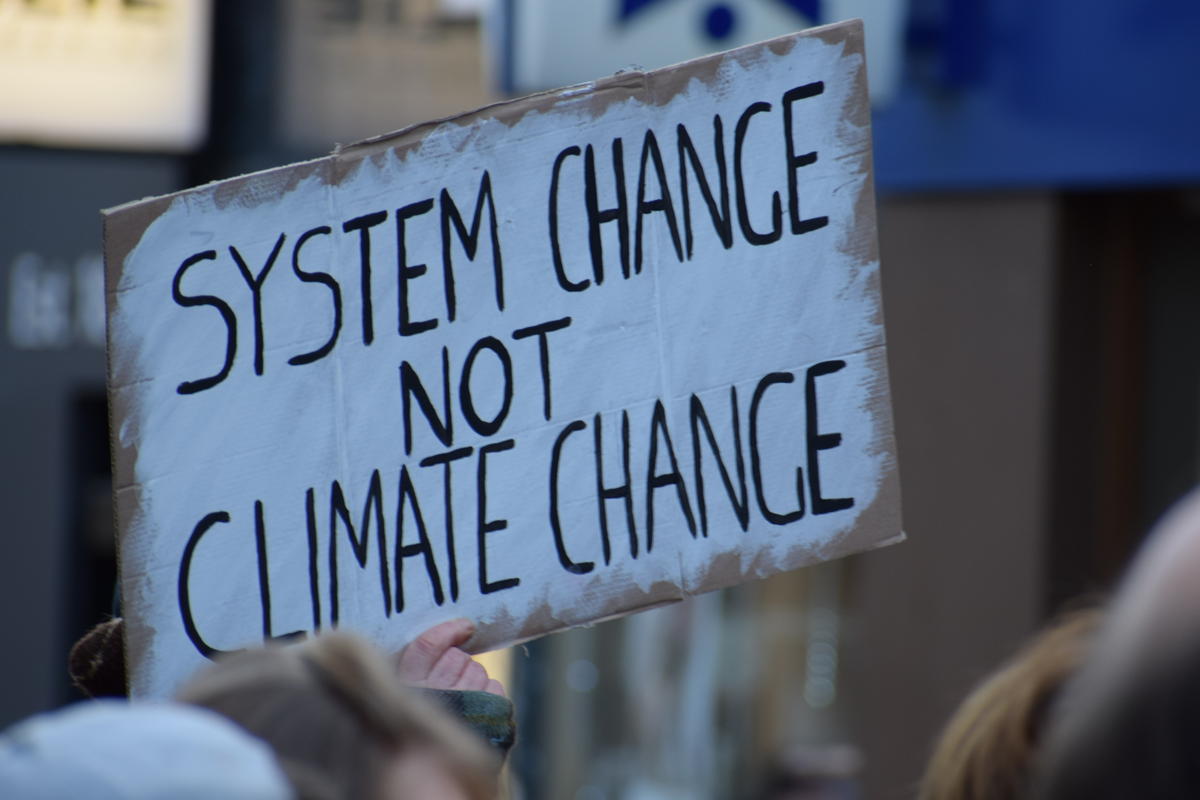
HOW TO DO IT?
The question then remains how brands can shrink their environmental impact and take steps to make their fashion shows carbon neutral. To start, brands could have shows take place in sustainable venues that don’t require elaborate sets or use green electricity produced from renewable energy sources such as solar energy. Set pieces such as furniture or chairs could be made with sustainable materials like reclaimed or recycled plastic and wood as well as repurposed for other functions, crucial to building a circular economy. The carbon emissions from transportation to the event can be reduced through the use of more sustainable methods like electric vehicles or even the local city’s public transit system.
If there is catering at the event, brands could create plant-based menus that have a smaller carbon footprint than meat-based ones as well as source from local restaurants and even donate leftover food to food banks. Avoiding the gifting of goodie bags containing merchandise made with unsustainable materials and single-use plastic could also reduce unnecessary waste. Instead, investing in eco-conscious programs like planting a tree could offset guests’ carbon emissions. Even the use of paper invites could be avoided with ones that are made with recycled paper or for the more creative ones, sustainably-sourced materials like bamboo and cork.

EXAMPLES
Gabriela Hearst
Gabriela Hearst’s Spring Summer 2020 Womenswear Show was an industry first as a carbon neutral fashion show. The sustainable brand worked with EcoAct and Bureau Betak to make the event possible. Bureau Betak worked to minimize the carbon emissions amount needed to be offset, recording and reporting on power usage, transportation, catering and waste. EcoAct then calculated the resulting emissions of the show in order to evaluate the overall carbon footprint and determine consequential offset amounts. Together, every necessary aspect of the show’s production, design and installation process was examined in an effort to reduce its environmental impact.
The indicative price for the offset amount was donated to the Hifadhi-Livelihoods Project to provide cookstoves for communities in areas of Kenya where access to energy is limited. This project is not just about reducing carbon emissions but improving people’s lives, particularly those of women and children. Guests at the fashion show also received a scarf featuring recently extinct insects with a donation being made on their behalf to Our Children’s Trust, an organization fighting for the right to a safe climate.
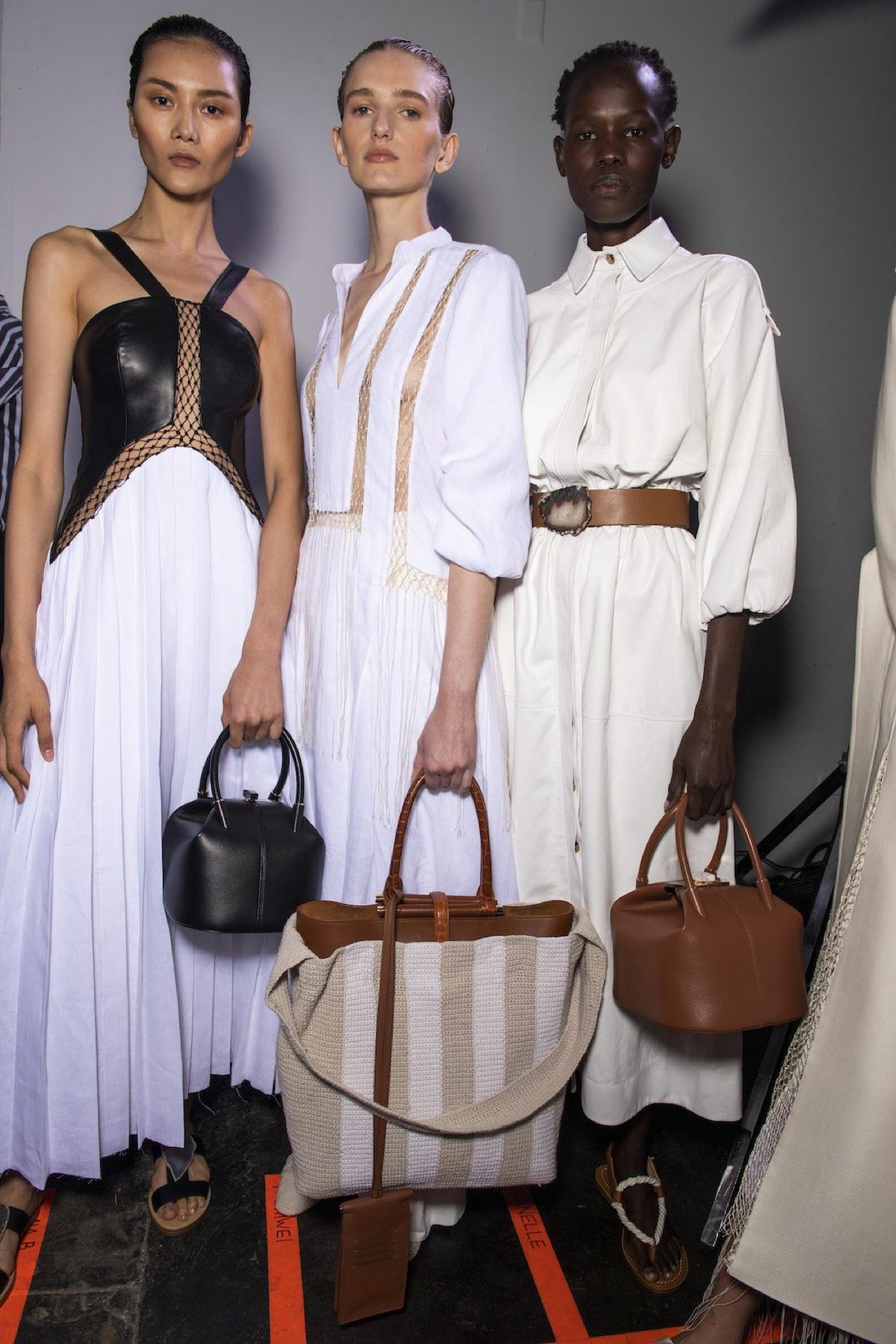

Burberry
Burberry has been leading the industry as well with its carbon neutral Autumn/Winter 2020 runway show. The British luxury brand took a range of measures including holding the event in a certified sustainable venue, prioritizing electric vehicles and not using any air transportation for transit to and from the event. Instead of the normal gifting of items, Burberry collaborated with PUR Project and the organization’s local partner in Australia to plant trees and help restore native ecosystems damaged by the bushfires on behalf of guests.
Burberry also created a Regeneration Fund to support a portfolio of carbon insetting projects to directly tackle the environmental impact of its operations. Carbon insetting occurs when agroforestry or tree planting projects are carried out directly within a company’s own supply chain. As such, carbon insetting projects work with communities to help provide climate resilience, promote biodiversity, restore ecosystems and support the livelihoods of local producers. To kickstart the program, Burberry partnered with PUR Project to design and implement regenerative agriculture practices with its wool producers in Australia.
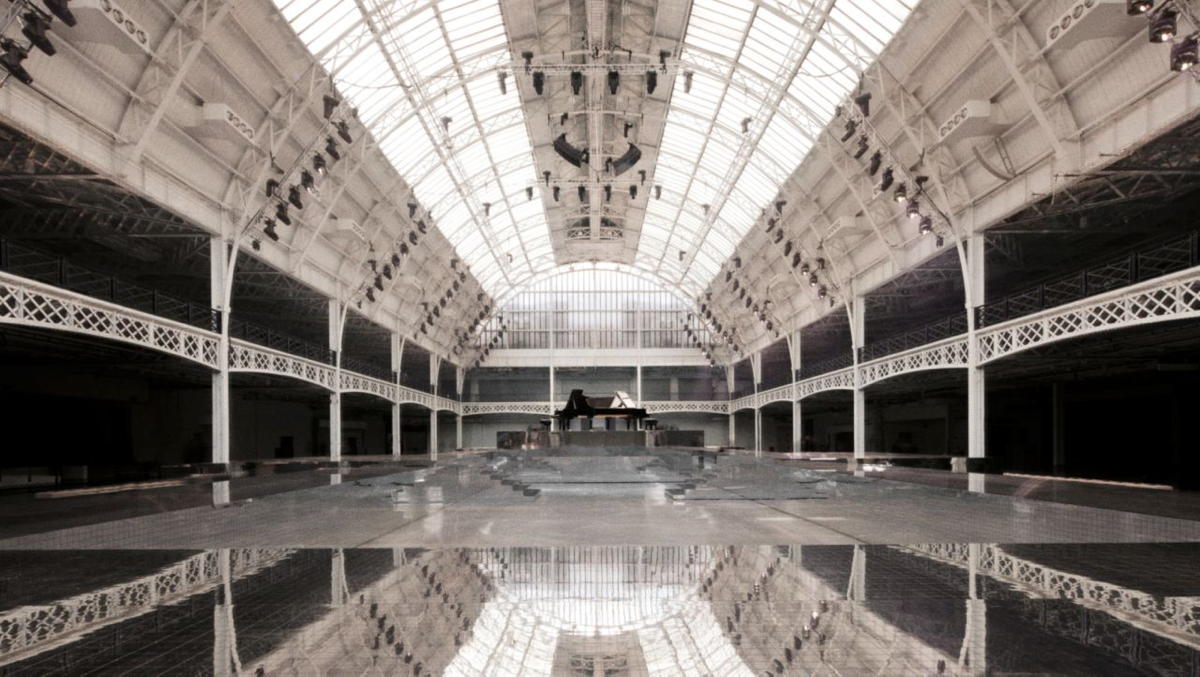
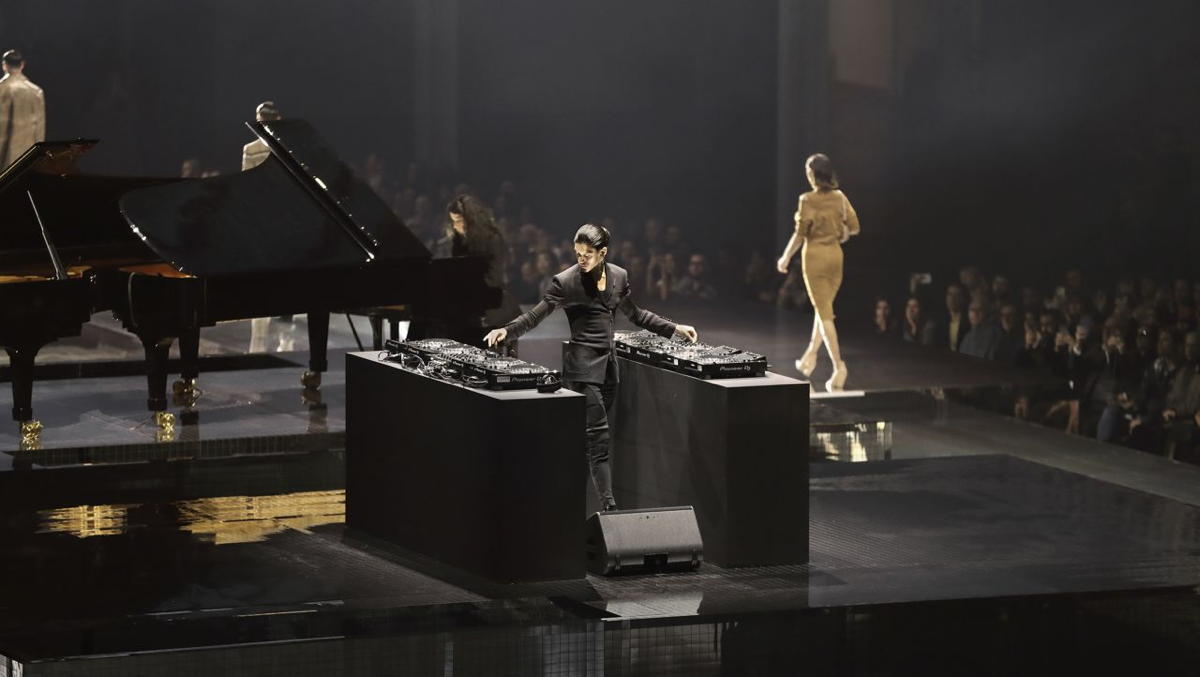
Gucci
Beginning with its Spring Summer 2020 fashion show, Gucci announced a series of moves to ensure the whole event would be carbon neutral. Recycled wood and paper verified by the Forest Stewardship Council were used for the set construction and paper invites. The travel emissions of the over 1,000 guests and 900 workers including models, production staff and Gucci employees were offsetted by investment in other environmentally-conscious projects, such as working with the Foresta Mi project to contribute to urban reforestation in the city of Milan.
But these environmental actions were not only limited to Gucci’s SS20 show. In an effort to measure and mitigate the environmental impact of all its fashion shows, the Italian luxury brand committed to: sustainable sourcing and materials that can be reused, recycled or rented; the priority of local catering; the disuse of single-use plastic; the donation of leftover food; the use of green electricity and LED lighting; and more eco-friendly transportation. An accredited third party verifies the management system of Gucci’s fashion shows to ensure they are aligned with the ISO 20121, an international standard for sustainable event management.
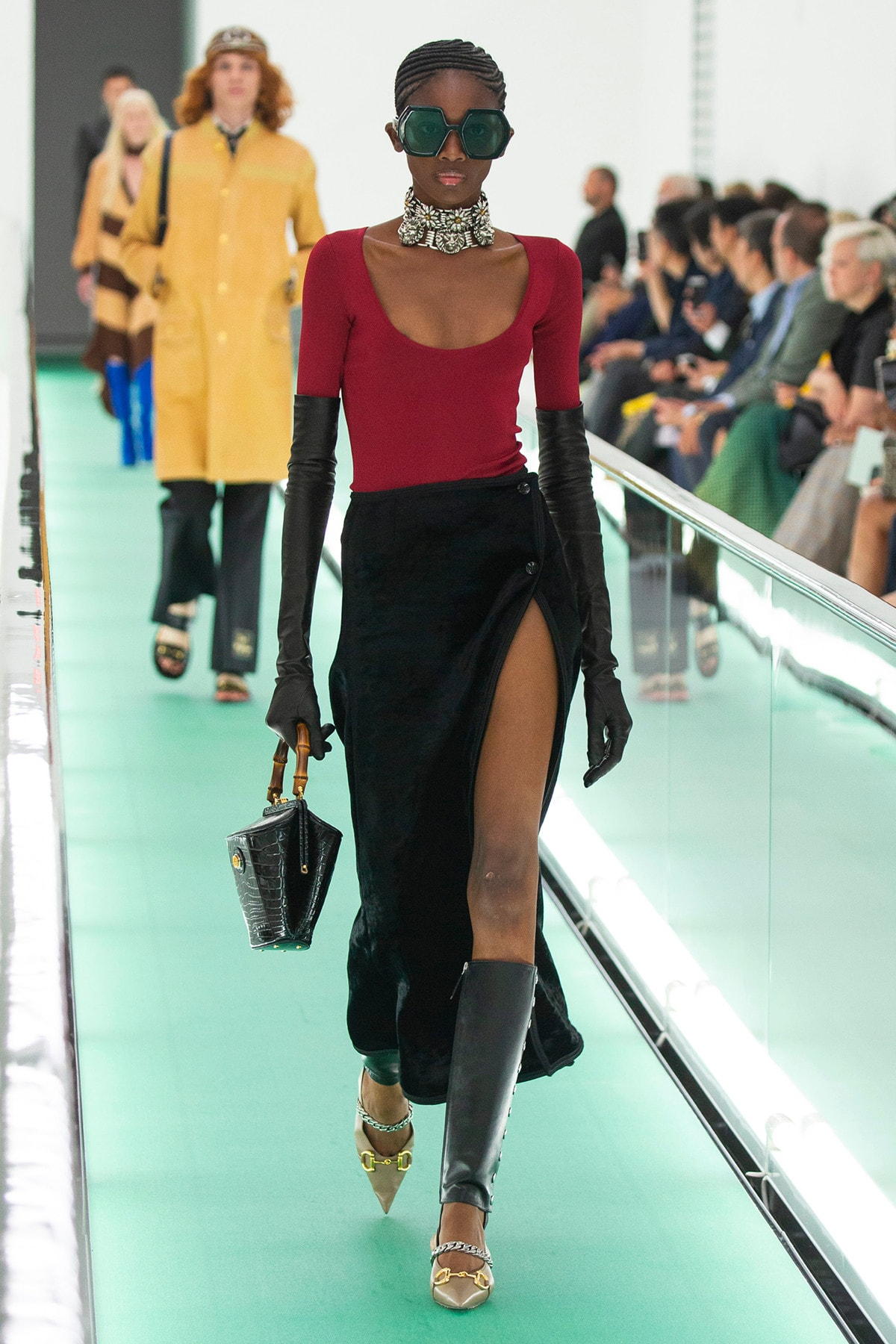
+ Words:
Tyler Lea-Thompson
Luxiders Magazine







